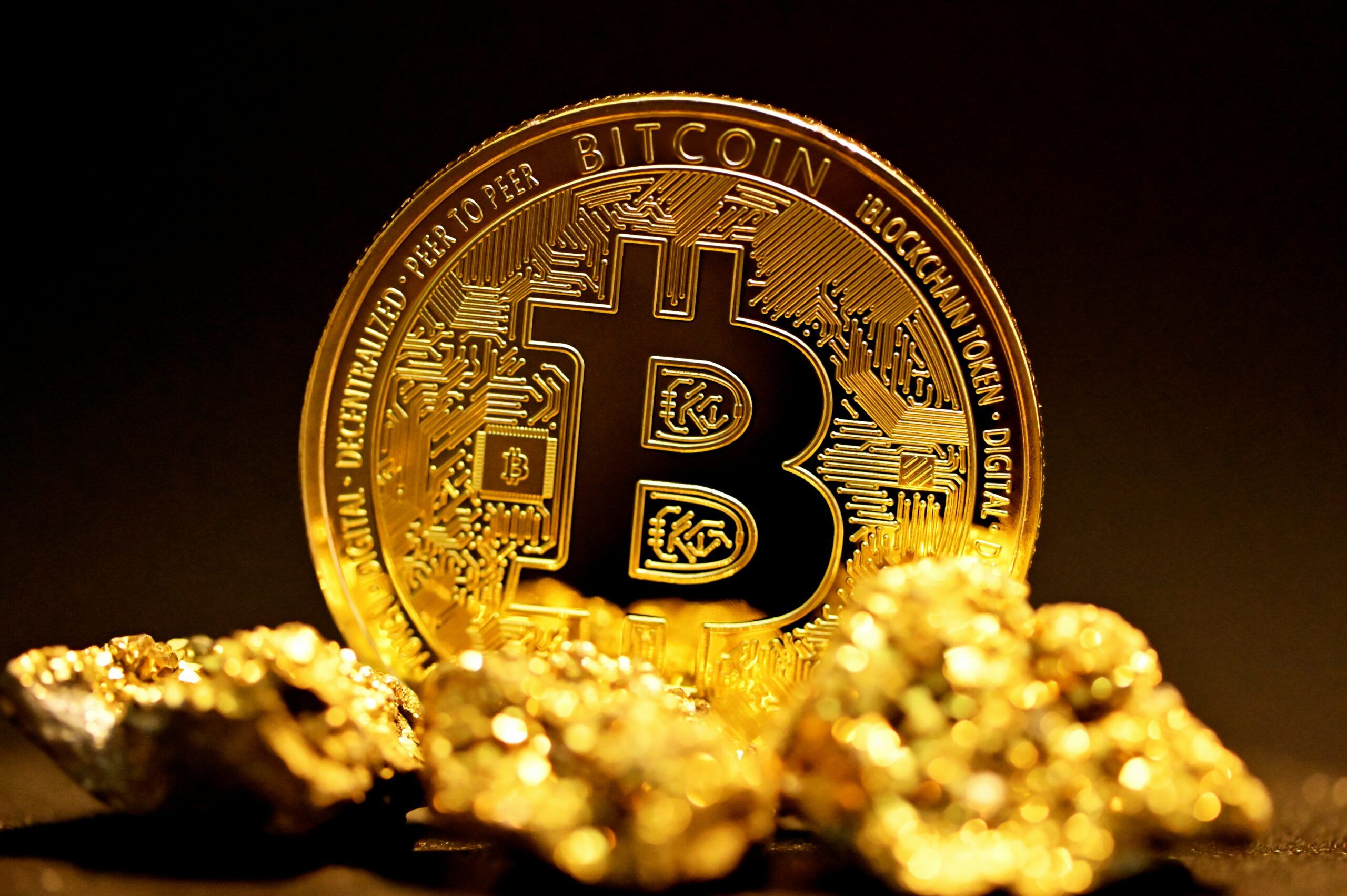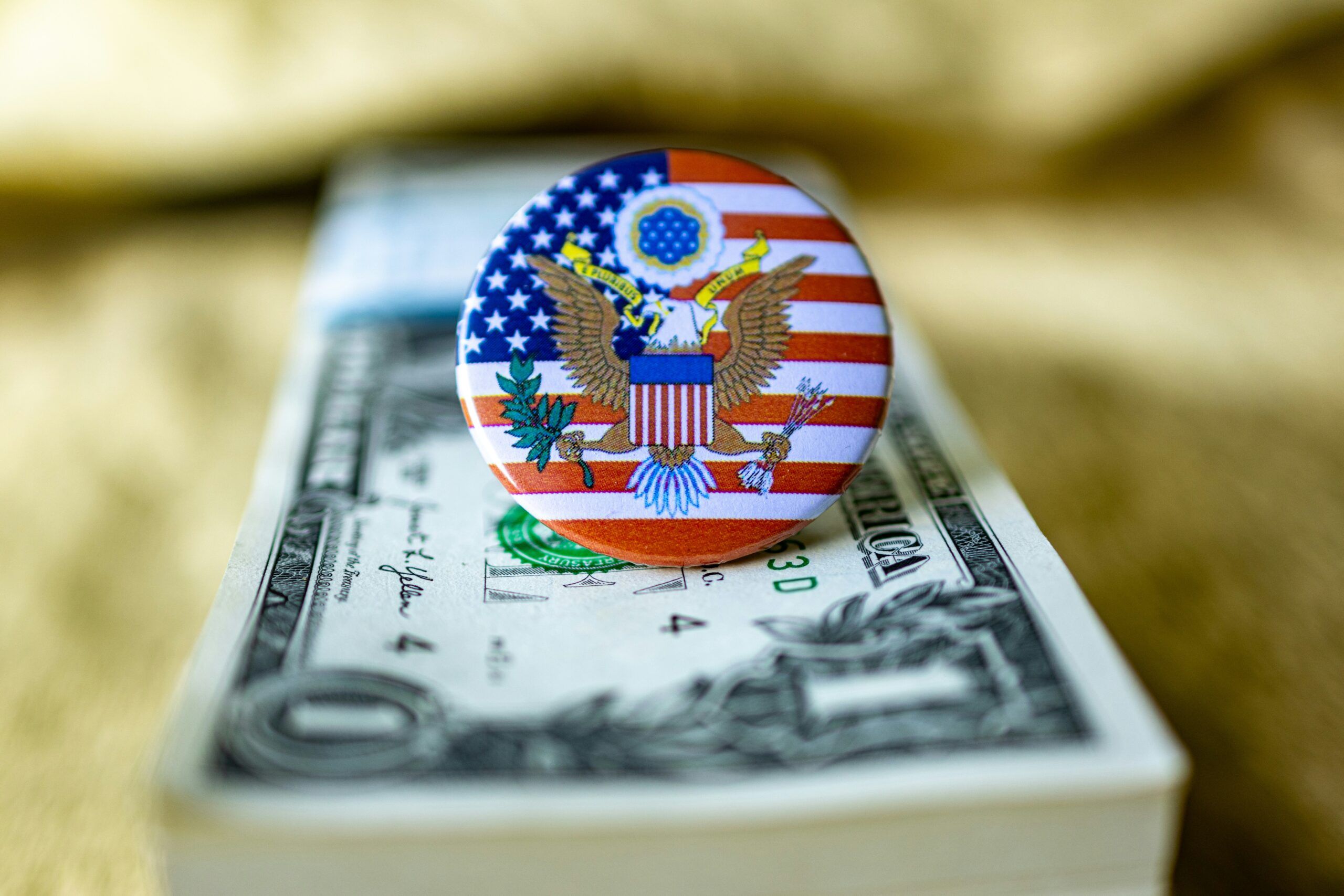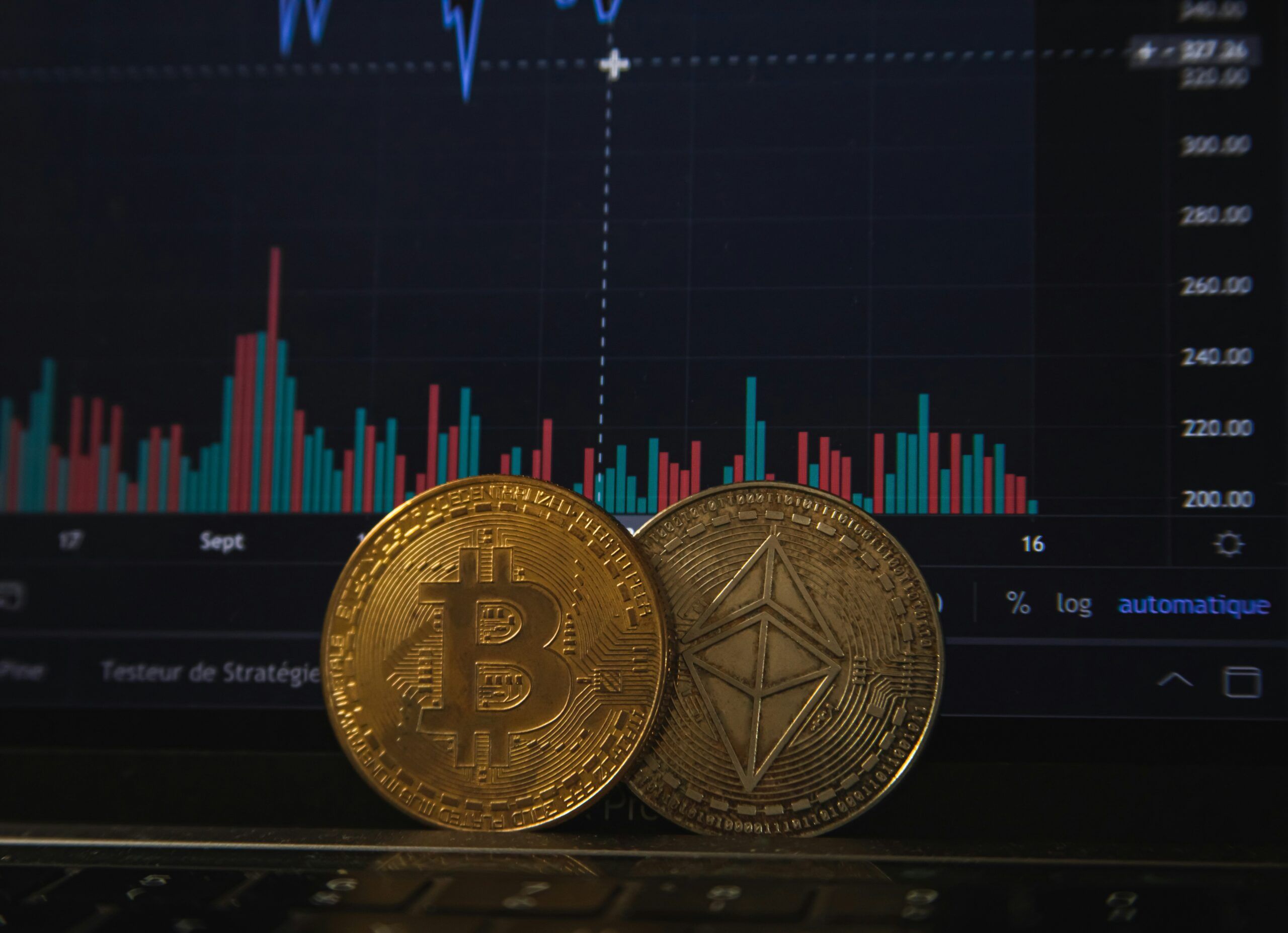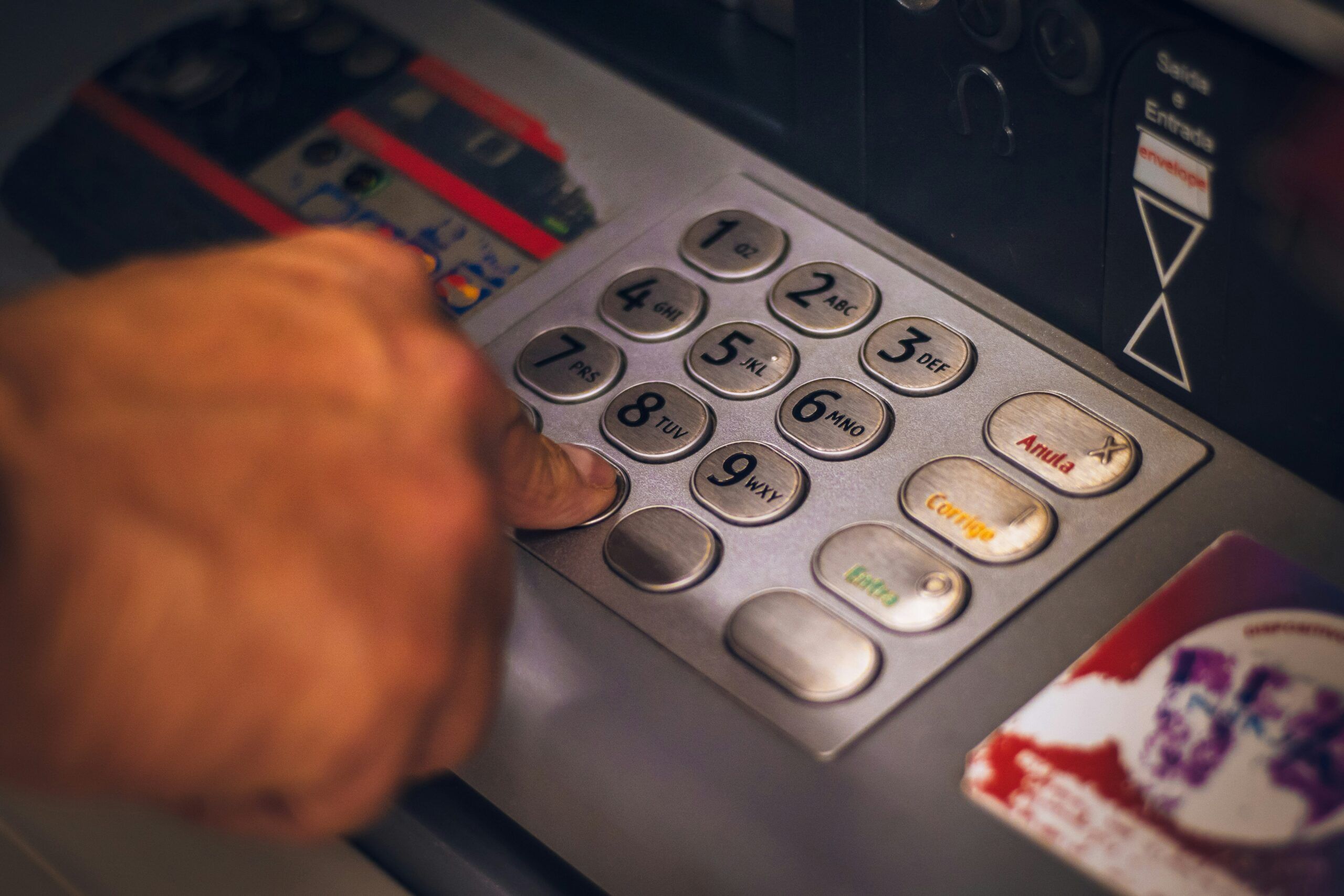Bitcoin Surges Past USD 120,000 Creating New Record
On Monday of this week, Bitcoin blew past the USD 120,000 mark creating a record price and hitting a high of USD 123,205 (up 3.4%) before pairing early gains to trade around the USD 121,600 mark. On the back of this rise, and clinging to the shirt tails of Bitcoin Ether, the second largest crypto token, advanced beyond the USD 3,000 barrier whilst a number of other smaller coins such as Uniswap and XRP also joined the bandwagon. Experts suggest that investor demand has been fuelled by crypto week (14th – 18th July), a term coined by the House of Representatives. Indeed, the House will consider the Clarity Act*, the Anti-CBCD Surveillance State Act**, the Senate’s Genius Act***, as part of Congress’ effort to make America the crypto capital of the world.
*Clarity Act – The Digital Asset Market Clarity Act aka the Clarity Act, is a proposed US law designed to establish a comprehensive regulatory framework for digital assets, specifically clarifying the roles of the SEC (Securities and Exchange Commission) and the CFTC (Commodity Futures Trading Commission) in overseeing these assets.
**Anti CBCD Surveillance State Act – This act prohibits unelected bureaucrats in Washington D.C. from issuing a CBDC (Central Bank Digital Currency), that undermines Americans’ right to financial privacy.
***Genius Act – This act refers to the Guiding and Establishing National Innovation for U.S. Stablecoins Act (a stable coin is a digital currency pegged one-to-one against a hard fiat currency, mainly the US Dollar) and is a piece of legislation aimed at regulating stable coins. The act establishes a comprehensive framework for stable coin issuance, custody, and use, including rules for issuers, custodians and digital asset service providers.
Analysts suggest that investor confidence is at a high and will probably stay there for a while especially as congress are considering the abovementioned bills. Post the election of Donald Trump for a second term in the White House, Bitcoin enjoyed a surge but then fell back trading either side of USD 100,000 for a number of months. The policies emanating from the White House did indeed have a negative effect on investor optimism regarding the President’s pro-crypto agenda, however, other U.S. assets that carry risks such as equities have now rebounded to just about their original highs, giving Bitcoin has once the impetus to move upwards.
Interestingly, institutional investors have also jumped on the Bitcoin bandwagon as confidence in the cryptocurrency has dramatically improved because despite the flip-flop chaotic trade policy of the current U.S. administration, Bitcoin has been steadily moving north. Since doubling in 2024 Bitcoin is up circa 30% since January 1st of this year, and last week investors piled into combined US Bitcoin ETFs with inflows of USD 2.7 Billion, furthermore the current rally has also been helped by crypto trades by the bears who all unwound their short positions last Friday. Data released showed those traders who were short of Bitcoin and had to unwind their trades, saw their positions wiped out to the tune of USD 1 Billion.
There are many in the Democratic party who oppose the introduction of the aforementioned bills to Congress, and Senator Elizabeth Warren last week made vocal her concerns regarding the package of bills, stating it could amount to an “Industry Handout”. She also noted that if passed into law, these bills could inject traditional cryptocurrency volatility into mainstream financial markets. Once upon a time, President Trump described Bitcoin as a “Scam”, but a complete U-turn showed him to be the biggest backer of the crypto world. His family are heavily invested in crypto world such as Bitcoin, Stable Coin crypto mining and sensationally the two meme coins $Trump and $Melania. He has promised to make America the crypto centre of the world, and it appears he will be living up to that promise.










